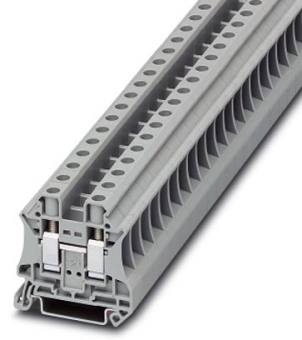Hi gents,
I've been reading through some of these threads for a while, very impressed with the community here. Now it is I who needs some advice.
I'm in the process of dividing my large living room in two to create a 4th bedroom/office space.
I had been concerned with potential overload as the one outlet already in this space is on an existing busy circuit shared with the kitchen. I believe at this point; a new circuit is the best way to proceed.
I plan to wire directly from the breaker to this new room to bypass this problem and then remove the existing outlet from the kitchen circuit.
However; looking at the position of the main breaker. I believe the best way to do this would be to wire to some sort of hub in this room; then split off 5-6 lines from here to each electrical outlet. Because of the odd shape of the space; wiring from one socket to the next, to the next and so forth will actually be harder. Is there some sort of mini breaker box or some other wall mountable junction device I could use for this?
Also; I'm having a hard time sourcing appropriate electrical wire online, some of the obvious big name store web sites seem woefully lacking in electrical installation categories. does anyone have any link suggestions for a reasonably priced online source for good quality insulated wire for this?
Much obliged for the help guys,
Kane
I've been reading through some of these threads for a while, very impressed with the community here. Now it is I who needs some advice.
I'm in the process of dividing my large living room in two to create a 4th bedroom/office space.
I had been concerned with potential overload as the one outlet already in this space is on an existing busy circuit shared with the kitchen. I believe at this point; a new circuit is the best way to proceed.
I plan to wire directly from the breaker to this new room to bypass this problem and then remove the existing outlet from the kitchen circuit.
However; looking at the position of the main breaker. I believe the best way to do this would be to wire to some sort of hub in this room; then split off 5-6 lines from here to each electrical outlet. Because of the odd shape of the space; wiring from one socket to the next, to the next and so forth will actually be harder. Is there some sort of mini breaker box or some other wall mountable junction device I could use for this?
Also; I'm having a hard time sourcing appropriate electrical wire online, some of the obvious big name store web sites seem woefully lacking in electrical installation categories. does anyone have any link suggestions for a reasonably priced online source for good quality insulated wire for this?
Much obliged for the help guys,
Kane


